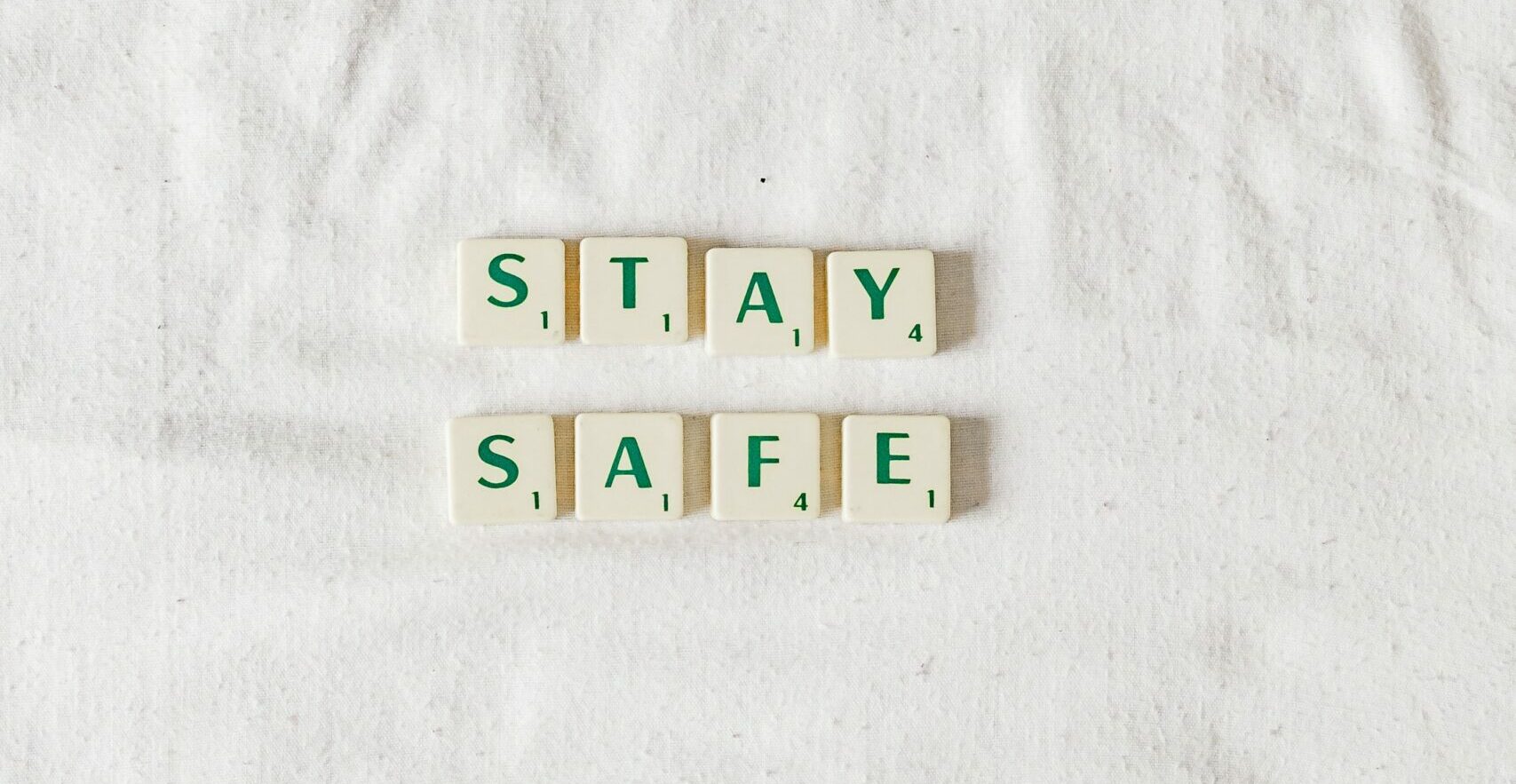
At Ellenhorn, we believe that growth, healing and recovery are all improvisational events, i.e., processes that we cannot predict, but could easily stifle should we try to control them. That is why we believe that treatment itself needs to be improvisational — always changing and adapting in real time to what is occurring in the day-to-day life of each client we work with. This forms the basis of why we meet every morning to contemplate what has transpired for our clients over the past 24 hours; why we treat the majority of our clients in their own homes, where they are in control of their environment, as opposed to in an institutional setting, where their choices are not often their own; and why we plan every component of individualized care, whether in small and large units, with an eye to adaptability.
The model we at Ellenhorn use to accomplish all this is the Program for Assertive Community Treatment, or PACT, model. PACT is the most researched evidence-based model for the care of people who have been diagnosed with severe and persistent mental illness, and is especially effective for individuals who are reluctant to engage in treatment. PACT, however, is not a type of treatment as much as it is a novel approach to organizing how treatment is offered. As much as 70 percent of PACT contact happens in our clients’ own homes or communities as opposed to in an office, and PACT teams meet throughout each day to discuss ways to change and shift the care of their clients as it is needed. This leads to a highly agile and adaptable model of care that is readily able to respond to the ever-evolving and changing nature of living beings. It’s an “organic,” model as opposed to a more “industrial” one that approaches treatment as one-size-fits-all, as if care can be provided effectively in an assembly-line fashion.
We call our organic approach a “living systems” alternative to hospital and residential care. And, as Dr. Ellenhorn has explained in detail in the Psychiatric Annals, “when we participate in the living world with an appreciation for its ever-changing, relational and communicative nature, we have a greater chance to support its natural tendency toward growth and survival.”
When the pandemic hit, the rubber met the road in regard to our belief in agility and flexibility. Was our framework purely academic — an excellent way to understand human behavior and deliver treatment, but not as adaptive to outside forces as it was to helping individuals? Or would our response to the pandemic prove that our ethos of nimbleness and readiness for on-the-spot change also applies to a disaster outside our control? We unequivocally learned that the latter is true. In fact, we are now convinced that PACT is the best professional model of care for people experiencing complex psychiatric events during the pandemic, especially those individuals who are reluctant to engage in treatment.
Here’s why:
Organizational Agility
As long as there is a pandemic, the No. 1 demand on all organizations, especially those in health care, will be for organizational agility. Since our model balances significant long-term plans with the understanding that crises always generate unforeseen effects, and that teams must be ready to immediately respond with ad hoc innovations, our adherence to PACT prepares us for that challenge. Our staff and leadership have always met daily to develop creative and proactive ways to serve our clients, and it is exactly this kind of thoughtful on-the-spot treatment planning that’s necessary as we work diligently to keep our clients and our communities safe from COVID-19.
We continue to be able to shift our care depending on the course of the pandemic, provide in-person interactions when we can, and then immediately turn to more virtual care when a surge of the virus, or new scientific information on its course or nature, should deem it necessary. In other words, we don’t need to waste time creating blanket policies concerning our delivery of care, virtual or otherwise, but instead remain immediately adaptable to the changing needs of our clients. Some clients may choose to take the precaution of continued virtual care, while others may wish to see us face-to-face, either way we are 100 percent prepared to adapt and deliver the care necessary for each and every client to meet with success.
The Safest Means for One-on-One Contact
Coronavirus, most especially its Delta variant, is transmitted through the air. That means that congregating with groups of people indoors, especially in situations in which a lot of conversation occurs, places individuals at the greatest risk. Without extreme precautions, in-person group therapy fits within this category. While we’ve always offered a few groups at Ellenhorn, our main focus has been to provide clinical care on a one-on-one basis. We are thus able to easily suspend group treatment, or move group treatment to virtual mediums, without a significantly detrimental effect on clinical care. In fact, we are convinced that we can remain as effective a program without group treatment.
When we meet with clients in person we conduct our clinical meetings in the safest manner possible: We wear full PPE, meet one-on-one/outdoors as often as possible, and remember to stay six feet apart. Such an approach places both the client and clinician at minimum risk. It goes without saying that that level of safety simply can’t be provided in an office setting.
Looking back at the past year, we really shouldn’t have been surprised that a model based on being as organic as possible would be the best model for responding to a disaster like this. And as we face the Delta variant, we do so now with all the confidence in the world that it is.
Photo by Sincerely Media on Unsplash

